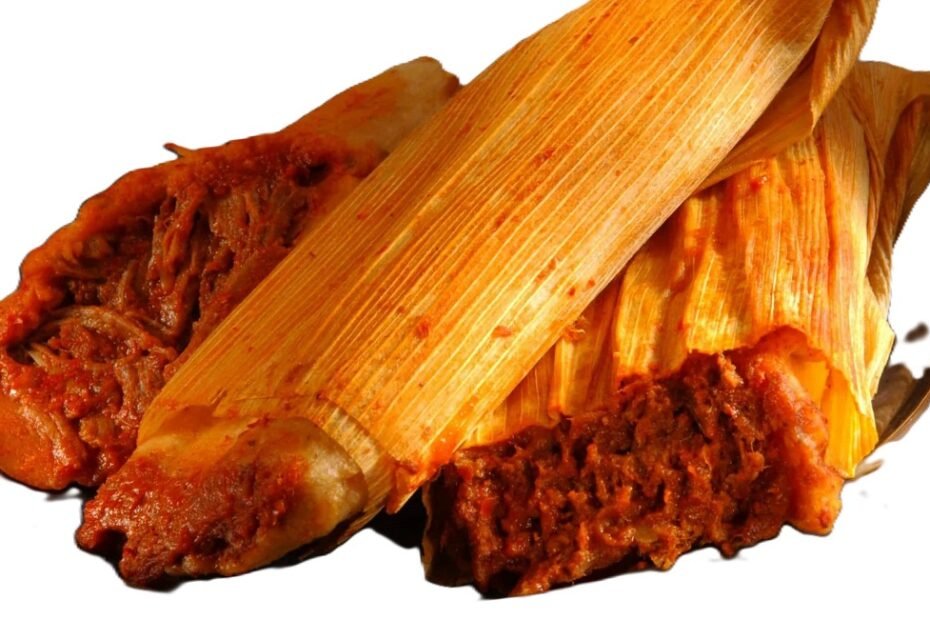Hola amigos, I’m Martín, a young chef born and raised in Rosario. Growing up, tamales were something my abuela made during holidays or family gatherings. To me, they are more than food — they are little pockets of love wrapped in corn husks, carrying the flavors of the Andes into our kitchens.
While tamales are famous across Latin America, our Argentine tamales (especially in the Northwest — Salta, Jujuy, Tucumán, and Catamarca) are distinct. They are hearty, filled with beef or pork, seasoned with spices and sometimes raisins or olives, and wrapped in corn husks before being steamed. Making tamales is not just cooking — it’s a ritual.
Today, I’ll walk you through how I prepare tamales, step by step, with all the details you need to recreate them at home.
A Short Story of Tamales in Argentina
Tamales came with Indigenous Andean traditions, long before Argentina was a nation. Corn was sacred, the base of life. By the time the Spanish arrived, the tamal had already been perfected as portable, nourishing food. Over time, criollo flavors were added: beef, pork fat, peppers, olives, even hard-boiled eggs.
In my kitchen in Rosario, when I make tamales, I feel connected to the mountains of the northwest — a culinary bridge between my city life and the ancestral heart of Argentina.
Ingredients (for 12 tamales)
For the dough (masa):
- 500 g dried corn flour (harina de maíz, not fine cornmeal — medium grind is best)
- 150 g pork fat or butter (traditionally pork fat gives depth)
- 1 teaspoon baking powder (optional, for fluffiness)
- 1 teaspoon salt
- About 300 ml warm stock (chicken or beef)
For the filling:
- 400 g beef (brisket or flank) or pork, cooked and shredded
- 1 medium onion, finely chopped
- 2 tablespoons pork fat or oil
- 1 red bell pepper, diced
- 2 cloves garlic, minced
- 1 teaspoon ground cumin
- 1 teaspoon smoked paprika (pimentón)
- ½ teaspoon chili powder (optional, for heat)
- 2 hard-boiled eggs, chopped
- 50 g raisins (optional, for sweetness)
- 50 g green olives, chopped (optional, for saltiness)
- Salt and pepper to taste
Wrapping:
- 12 dried corn husks (soaked in hot water until pliable) or fresh husks if available
- Kitchen string or strips of husk for tying
Step-by-Step Recipe
1. Prepare the husks
If using dried husks, soak them in hot water for at least 30 minutes until soft and flexible. Drain and pat dry.
2. Cook the filling
- Heat pork fat or oil in a skillet.
- Sauté onion, pepper, and garlic until soft (5–7 minutes).
- Add shredded meat, cumin, paprika, and chili powder. Stir and cook 5 more minutes.
- Mix in raisins, olives, and chopped egg. Season well with salt and pepper. Remove from heat and let cool.
3. Make the masa (dough)
- In a large bowl, beat pork fat (or butter) until light.
- Add corn flour, salt, and baking powder.
- Gradually add warm stock while mixing, until the dough is soft, moist, and holds together when pressed. It should spread easily but not be runny.
4. Assemble tamales
- Take a husk, spread 2–3 tablespoons of masa in the center (leaving space at the edges).
- Add 1 tablespoon of filling.
- Fold the sides of the husk over the filling, then fold the ends up to form a neat packet. Tie with string or husk strips.
5. Steam
- Place tamales upright in a steamer basket.
- Steam over simmering water for 1–1.5 hours, until the masa is firm and pulls away from the husk easily.
6. Serve
- Let tamales rest for 10 minutes after steaming.
- Serve warm, directly in their husks — guests unwrap their own at the table.
Cooking Time
- Preparation: 45 minutes
- Steaming: 1–1.5 hours
- Total: ~2–2.5 hours
Nutrition (per tamal, approx. 200 g serving)
- Calories: ~310 kcal
- Protein: 13 g
- Fat: 15 g
- Carbohydrates: 32 g
- Fiber: 4 g
(Values vary depending on fat used and extras like raisins or olives.)
A Young Chef’s Reflections
As a chef from Rosario, tamales remind me that Argentina’s cuisine is not just asado and chimichurri — it’s also the food of the Andes, full of tradition and patience. When I serve tamales at my restaurant pop-ups, people smile before they even take a bite. The husk, the aroma, the anticipation — it’s an experience.
Tamales are not fast food. They are slow food, family food. You make them with your hands, with time, and always with company. The reward is more than flavor — it’s connection.
